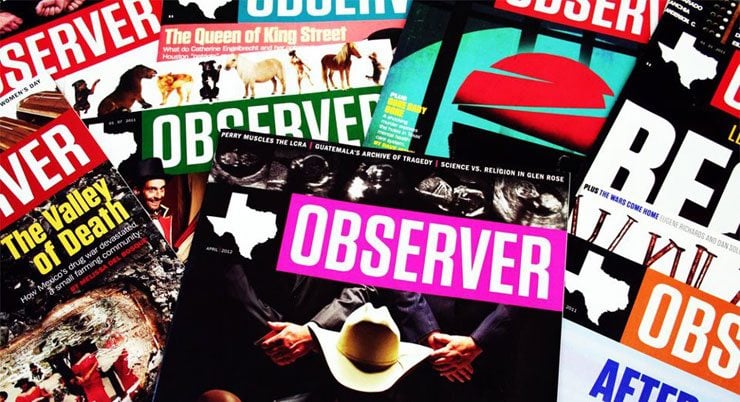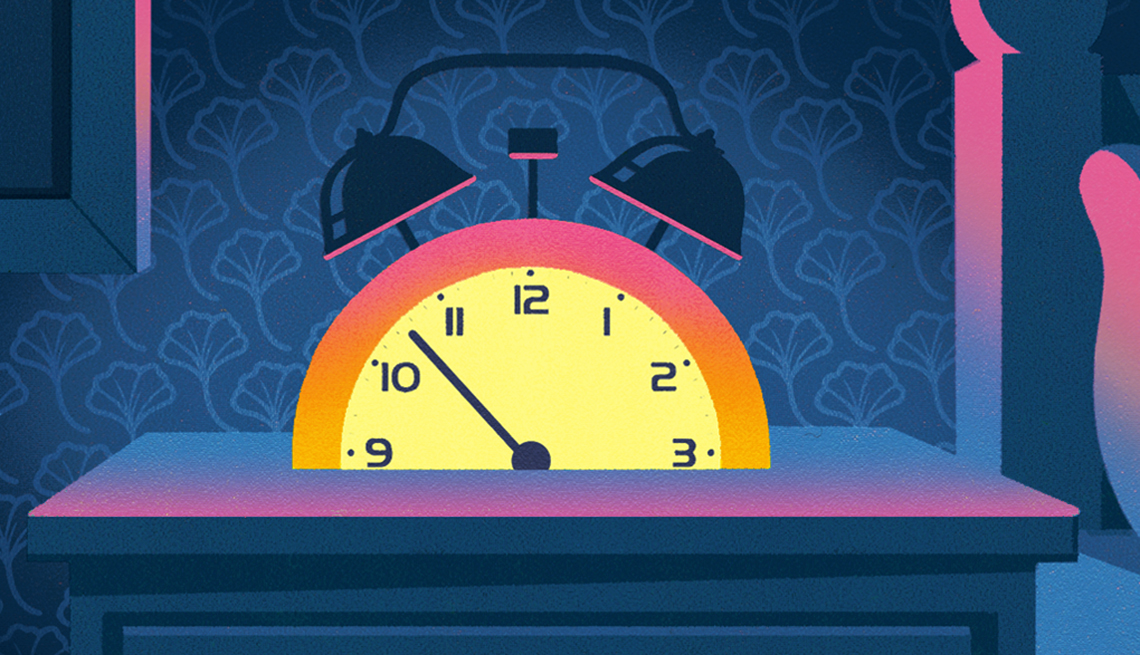
- Select a language for the TTS:
- UK English Female
- UK English Male
- US English Female
- US English Male
- Australian Female
- Australian Male
- Language selected: (auto detect) - EN
Play all audios:
ABSTRACT In spite of their different natures, light and matter can be unified under the strong-coupling regime, yielding superpositions of the two, referred to as dressed states or
polaritons. After initially being demonstrated in bulk semiconductors1 and atomic systems2, strong-coupling phenomena have been recently realized in solid-state optical microcavities3.
Strong coupling is an essential ingredient in the physics spanning from many-body quantum coherence phenomena, such as Bose–Einstein condensation4 and superfluidity5, to cavity quantum
electrodynamics. Within cavity quantum electrodynamics, the Jaynes–Cummings model6,7,8 describes the interaction of a single fermionic two-level system with a single bosonic photon mode. For
a photon number larger than one, known as quantum strong coupling, a significant anharmonicity is predicted for the ladder-like spectrum of dressed states. For optical transitions in
semiconductor nanostructures, first signatures of the quantum strong coupling were recently reported9. Here we use advanced coherent nonlinear spectroscopy to explore a strongly coupled
exciton–cavity system10,11. We measure and simulate its four-wave mixing response12,13, granting direct access to the coherent dynamics of the first and second rungs of the Jaynes–Cummings
ladder. The agreement of the rich experimental evidence with the predictions of the Jaynes–Cummings model is proof of the quantum strong-coupling regime in the investigated solid-state
system. Access through your institution Buy or subscribe This is a preview of subscription content, access via your institution ACCESS OPTIONS Access through your institution Subscribe to
this journal Receive 12 print issues and online access $259.00 per year only $21.58 per issue Learn more Buy this article * Purchase on SpringerLink * Instant access to full article PDF Buy
now Prices may be subject to local taxes which are calculated during checkout ADDITIONAL ACCESS OPTIONS: * Log in * Learn about institutional subscriptions * Read our FAQs * Contact customer
support SIMILAR CONTENT BEING VIEWED BY OTHERS BOSE–EINSTEIN CONDENSATION OF LIGHT IN A SEMICONDUCTOR QUANTUM WELL MICROCAVITY Article Open access 12 August 2024 QUANTUM FLOQUET ENGINEERING
WITH AN EXACTLY SOLVABLE TIGHT-BINDING CHAIN IN A CAVITY Article Open access 19 May 2022 NON-ADIABATIC STRIPPING OF A CAVITY FIELD FROM ELECTRONS IN THE DEEP-STRONG COUPLING REGIME Article
10 August 2020 REFERENCES * Hopfield, J. J. & Thomas, D. G. Polariton absorption lines. _Phys. Rev. Lett._ 15, 22–25 (1965). Article CAS Google Scholar * Kaluzny, Y., Goy, P., Gross,
M., Raimond, J. M. & Haroche, S. Observation of self-induced Rabi oscillations in two-level atoms excited inside a resonant cavity: The ringing regime of superradiance. _Phys. Rev.
Lett._ 51, 1175–1178 (1983). Article CAS Google Scholar * Weisbuch, C., Nishioka, M., Ishikawa, A. & Arakawa, Y. Observation of the coupled exciton–photon mode splitting in a
semiconductor quantum microcavity. _Phys. Rev. Lett._ 69, 3314–3317 (1992). Article CAS Google Scholar * Kasprzak, J. et al. Bose–Einstein condensation of exciton polaritons. _Nature_
443, 409–414 (2006). Article CAS Google Scholar * Amo, A. et al. Superfluidity of polaritons in semiconductor microcavities. _Nature Phys._ 5, 805–810 (2009). Article CAS Google Scholar
* Jaynes, E. & Cummings, F. Comparison of quantum and semiclassical radiation theory with application to the beam maser. _Proc. IEEE_ 51, 89–109 (1963). Article Google Scholar *
Laussy, F. P., Glazov, M. M., Kavokin, A. V., Whittaker, D. M. & Malpuech, G. Statistics of excitons in quantum dots and their effect on the optical emission spectra of microcavities.
_Phys. Rev. B_ 73, 115343 (2006). Article Google Scholar * del Valle, E., Laussy, F. P. & Tejedor, C. Luminescence spectra of quantum dots in microcavities. II. Fermions. _Phys. Rev.
B_ 79, 235326 (2009). Article Google Scholar * Faraon, A. et al. Coherent generation of non-classical light on a chip via photon-induced tunnelling and blockade. _Nature Phys._ 4, 859–863
(2008). Article CAS Google Scholar * Reithmaier, J. P. et al. Strong coupling in a single quantum dot-semiconductor microcavity system. _Nature_ 432, 197–200 (2004). Article CAS Google
Scholar * Yoshie, T. et al. Rabi splitting with a single quantum dot in a photonic crystal nanocavity. _Nature_ 432, 200–203 (2004). Article CAS Google Scholar * Langbein, W. &
Patton, B. Heterodyne spectral interferometry for multidimensional nonlinear spectroscopy of individual quantum systems. _Opt. Lett._ 31, 1151–1153 (2006). Article Google Scholar * Borri,
P. & Langbein, W. in _Semiconductor Quantum Bits_ (eds Henneberger, F. & Benson, O.) Ch. 12 (Pan Stanford Publishing, 2009). Google Scholar * Brune, M. et al. Quantum Rabi
oscillation: A direct test of field quantization in a cavity. _Phys. Rev. Lett._ 76, 1800–1803 (1996). Article CAS Google Scholar * Göppl, M. et al. Climbing the Jaynes–Cummings ladder
and observing its nonlinearity in a cavity QED system. _Nature_ 454, 315–318 (2008). Article Google Scholar * Khitrova, G., Gibbs, H. M., Kira, M., Koch, S. W. & Scherer, A. Vacuum
Rabi splitting in semiconductors. _Nature Phys._ 2, 81–90 (2006). Article CAS Google Scholar * Löffler, A. et al. Semiconductor quantum dot microcavity pillars with high-quality factors
and enlarged dot dimensions. _Appl. Phys. Lett._ 86, 111105 (2005). Article Google Scholar * Reitzenstein, S. et al. AlAs/GaAs micropillar cavities with quality factors exceeding 150.000.
_Appl. Phys. Lett._ 90, 251109 (2007). Article Google Scholar * Münch, S. et al. The role of optical excitation power on the emission spectra of a strongly coupled quantum dot–micropillar
system. _Opt. Express_ 17, 12821–12828 (2009). Article Google Scholar Download references ACKNOWLEDGEMENTS J.K. and W.L. acknowledge support by the European Commission under the
FP7-PEOPLE-2007-2-1-IEF ‘CUSMEQ’ contract No 219762. E.A.M. acknowledges support of WIMCS and RFBR. S.R., C.K., C.S., M.S., S.H. and A.F. acknowledge support by the Deutsche
Forschungsgemeinschaft through the research group ‘Quantum Optics in Semiconductor Nanostructures’ and the State of Bavaria. AUTHOR INFORMATION AUTHORS AND AFFILIATIONS * School of Physics
and Astronomy, Cardiff University, The Parade, Cardiff CF24 3AA, UK J. Kasprzak, E. A. Muljarov & W. Langbein * Technische Physik, Physikalisches Institut, Universität Würzburg and
Wilhelm Conrad Röntgen Research Center for Complex Material Systems, Am Hubland, D-97074 Würzburg, Germany S. Reitzenstein, C. Kistner, C. Schneider, M. Strauss, S. Höfling & A. Forchel
Authors * J. Kasprzak View author publications You can also search for this author inPubMed Google Scholar * S. Reitzenstein View author publications You can also search for this author
inPubMed Google Scholar * E. A. Muljarov View author publications You can also search for this author inPubMed Google Scholar * C. Kistner View author publications You can also search for
this author inPubMed Google Scholar * C. Schneider View author publications You can also search for this author inPubMed Google Scholar * M. Strauss View author publications You can also
search for this author inPubMed Google Scholar * S. Höfling View author publications You can also search for this author inPubMed Google Scholar * A. Forchel View author publications You can
also search for this author inPubMed Google Scholar * W. Langbein View author publications You can also search for this author inPubMed Google Scholar CONTRIBUTIONS Experiments were
designed by W.L. and carried out by J.K., W.L. and S.R. Data were analysed and interpreted by J.K., W.L. and E.A.M. The theory was developed by E.A.M. and W.L. The manuscript was written by
J.K., W.L., E.A.M., S.R. and S.H. The sample was grown and processed by S.R., C.K., C.S., M.S., S.H. and A.F. CORRESPONDING AUTHORS Correspondence to J. Kasprzak or W. Langbein. ETHICS
DECLARATIONS COMPETING INTERESTS The authors declare no competing financial interests. SUPPLEMENTARY INFORMATION SUPPLEMENTARY INFORMATION Supplementary Information (PDF 1183 kb) RIGHTS AND
PERMISSIONS Reprints and permissions ABOUT THIS ARTICLE CITE THIS ARTICLE Kasprzak, J., Reitzenstein, S., Muljarov, E. _et al._ Up on the Jaynes–Cummings ladder of a quantum-dot/microcavity
system. _Nature Mater_ 9, 304–308 (2010). https://doi.org/10.1038/nmat2717 Download citation * Received: 11 September 2009 * Accepted: 29 January 2010 * Published: 07 March 2010 * Issue
Date: April 2010 * DOI: https://doi.org/10.1038/nmat2717 SHARE THIS ARTICLE Anyone you share the following link with will be able to read this content: Get shareable link Sorry, a shareable
link is not currently available for this article. Copy to clipboard Provided by the Springer Nature SharedIt content-sharing initiative




